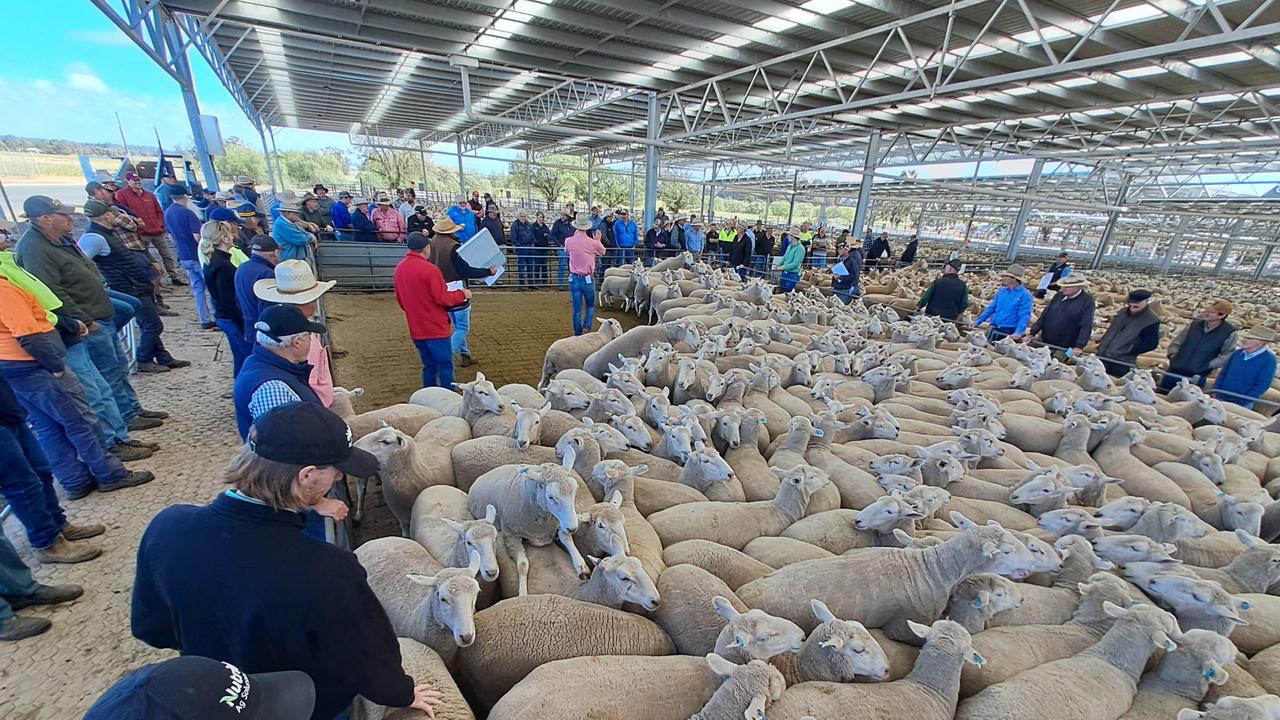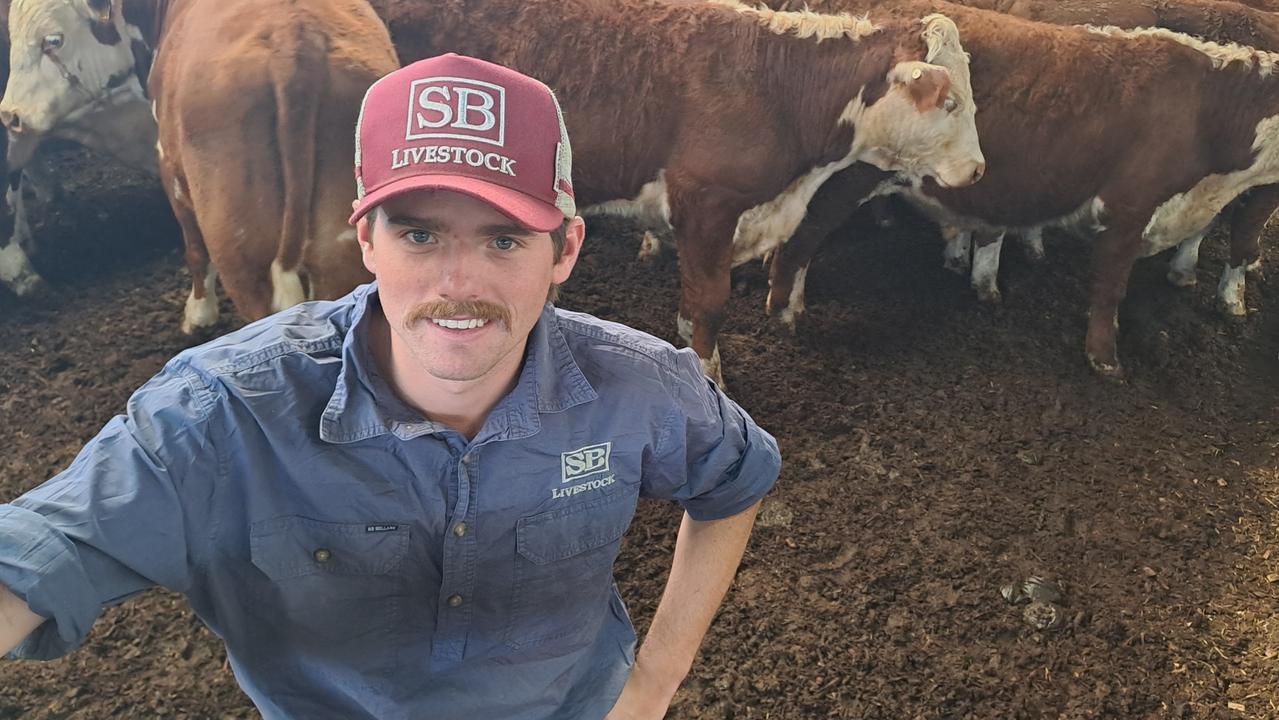How the EYCI can paint deceptive picture of Victorian cattle prices
We break down why and what producers need to know to sell cattle at the best price.

Like record real estate values, the price of livestock can be viewed a number of ways, the important part being people are not misled by data that cannot be easily understood.
Which is why the way the Eastern Young Cattle Indicator is widely reported is a problem.
Last week the EYCI was celebrated for hitting a record high of 907c/kg carcass weight equivalent.
It was on radio, in the headlines on the internet and every other media outlet that reports on rural issues.
It is big money – the trouble is a lot of young cattle being sold at prime markets are not making close to 900c/kg.
The reporting of the EYCI all mashed together is like adding land sale price results from sea frontage prime acreage to outback pastoral country and coming up with an average that is meant to be representative and is, well, basically skewed.
When you drill down into the data (which is available if you know where to look) on the day late last week when the EYCI hit 907.52c/kg, there was much more to the story than smashing the 900c/kg barrier.
Firstly, just to refresh so people can understand the figures.
The EYCI is a seven-day rolling price average of young cattle (vealers and yearlings – both steers and heifers) sold at the major prime markets to restockers, feedlots and meat processors.
To qualify to go into the EYCI, the young cattle have to be assessed as C-muscle and in fat score 2 or 3 condition, which excludes dairy-crosses and secondary animals.
This was the raw data behind the EYCI at 907.52c/kg, ranked by saleyards which had the most influence and the price point they recorded at that time:
Roma store market Queensland: 3094 cattle in EYCI on that day at an average of 943.04c/kg, contributing 21.5 per cent to the final EYCI calculation;
Dalby, Qld: 2250 cattle at 922.62c/kg, for a contribution of 15.31 per cent;
Wagga Wagga, NSW: 1846 cattle at 947.27c/kg, or 12.56 per cent;
Dubbo, NSW: 974 cattle at 911.62ckg or 6.63 per cent;
Carcoar NSW: 945 cattle at 845.07c/kg or 6.43 per cent;
Tamworth, NSW: 751 cattle at 842.4c/kg or 5.11 per cent.
And so the list goes on. It is not until you get to the near the bottom that any Victorian saleyards appear at all.
The highest ranked southern saleyard was Wodonga with 429 young cattle sold in the EYCI an average of 818.43c/kg, for a 2.92 per cent contribution.
The next Victorian yard on the list was Pakenham with 122 cattle at 816.82c/kg, for a contribution of just .083 per cent.
To sum up, there were no Victorian saleyards that recorded an EYCI result close to 900c/kg on the day the overall calculation hit a record 907c/kg.
To look at it another way, of all the young cattle transactions that went into the EYCI that day:
50.48 per cent, or just over half, were purchased by feedlots at an average cost of 857.2c/kg;
9.49 per cent were purchased by meat processors at an average cost of 810.38c/kg; and
40.03 per cent were purchased by restockers at an average cost of 994.03c/kg.
So effectively half the young cattle in the EYCI sold well below 900c/kg (all of them in Victoria), and it was only the northern saleyards that consistently reported big money sales, mostly of lighter-weight calves to restockers.
Number crunchers out there will say the EYCI is an averaging price system that shows a trend over time, which is true. But when it is expressed as a single price figure in headlines it can become misleading for producers. A more accurate way to express the EYCI would be to show a trend line for what restockers, feedlots and processors are paying for young cattle, and also by state.
There is valuable information in the EYCI when it is broken down. And the information last week amid all the hype is that northern restocking demand continues to dominate the market.
MORE
CATTLE PRICE SURGE BREAKS RECORD
CATTLE YIELD MIXED RESULTS, LAMB HEADS TOWARDS CHEAPER TREND


